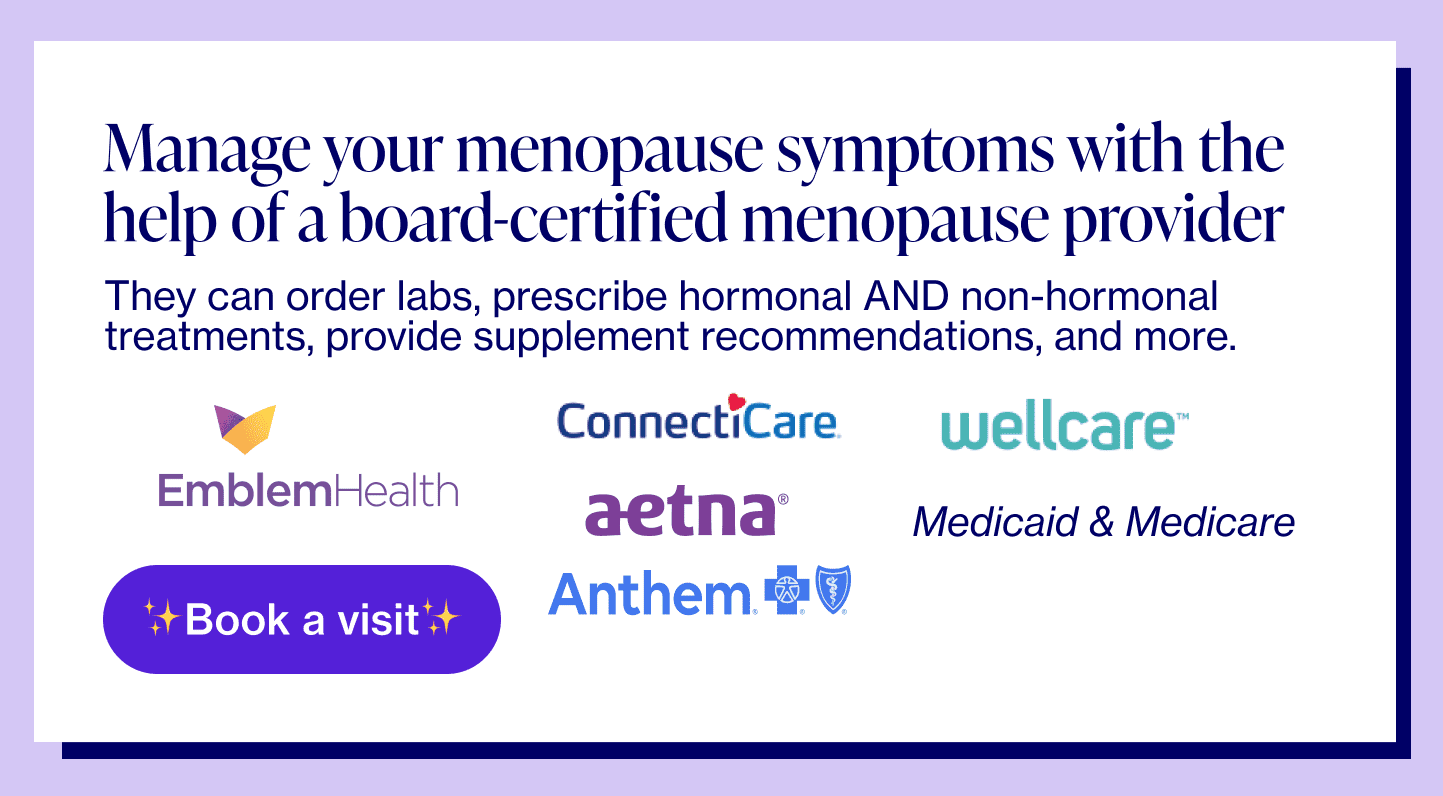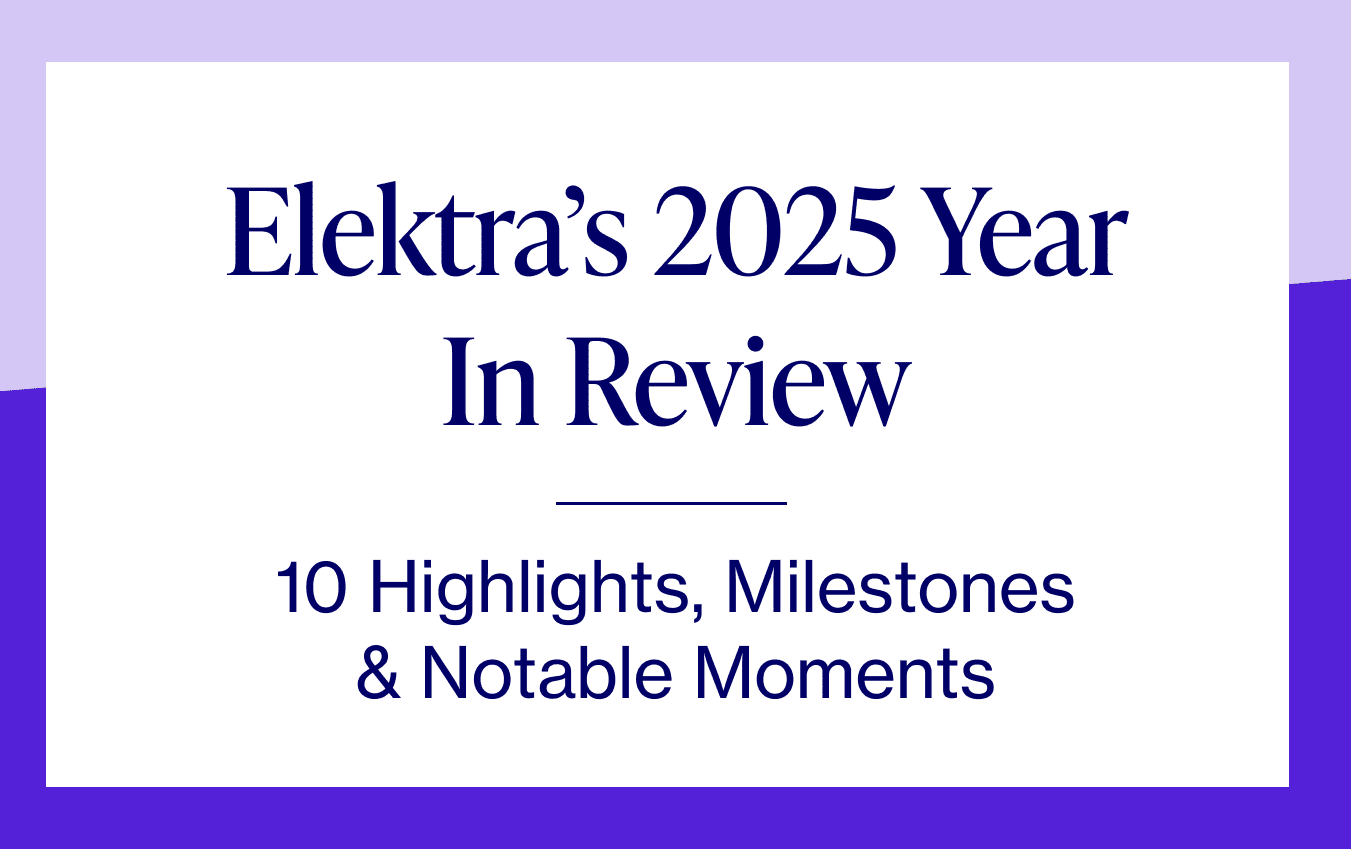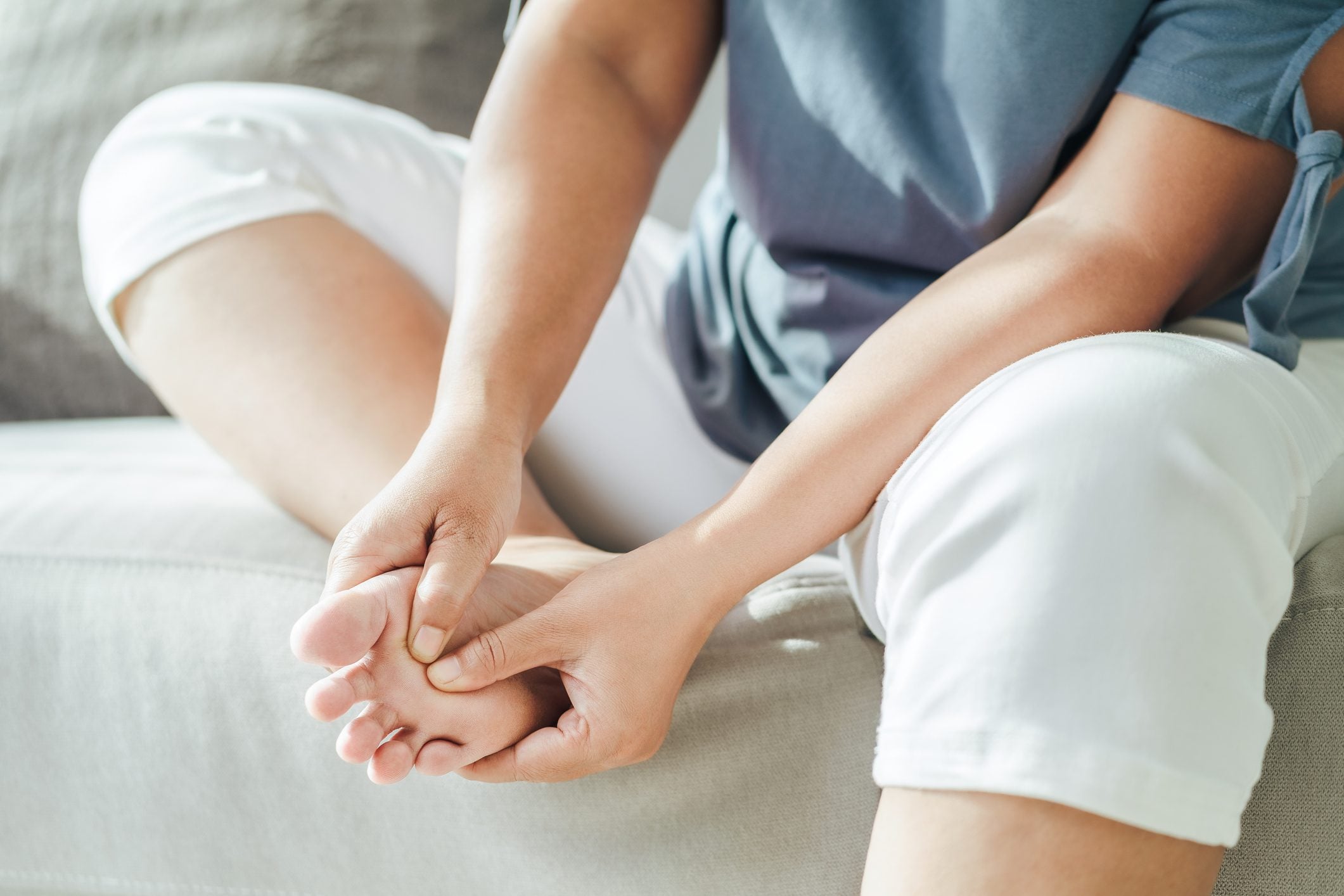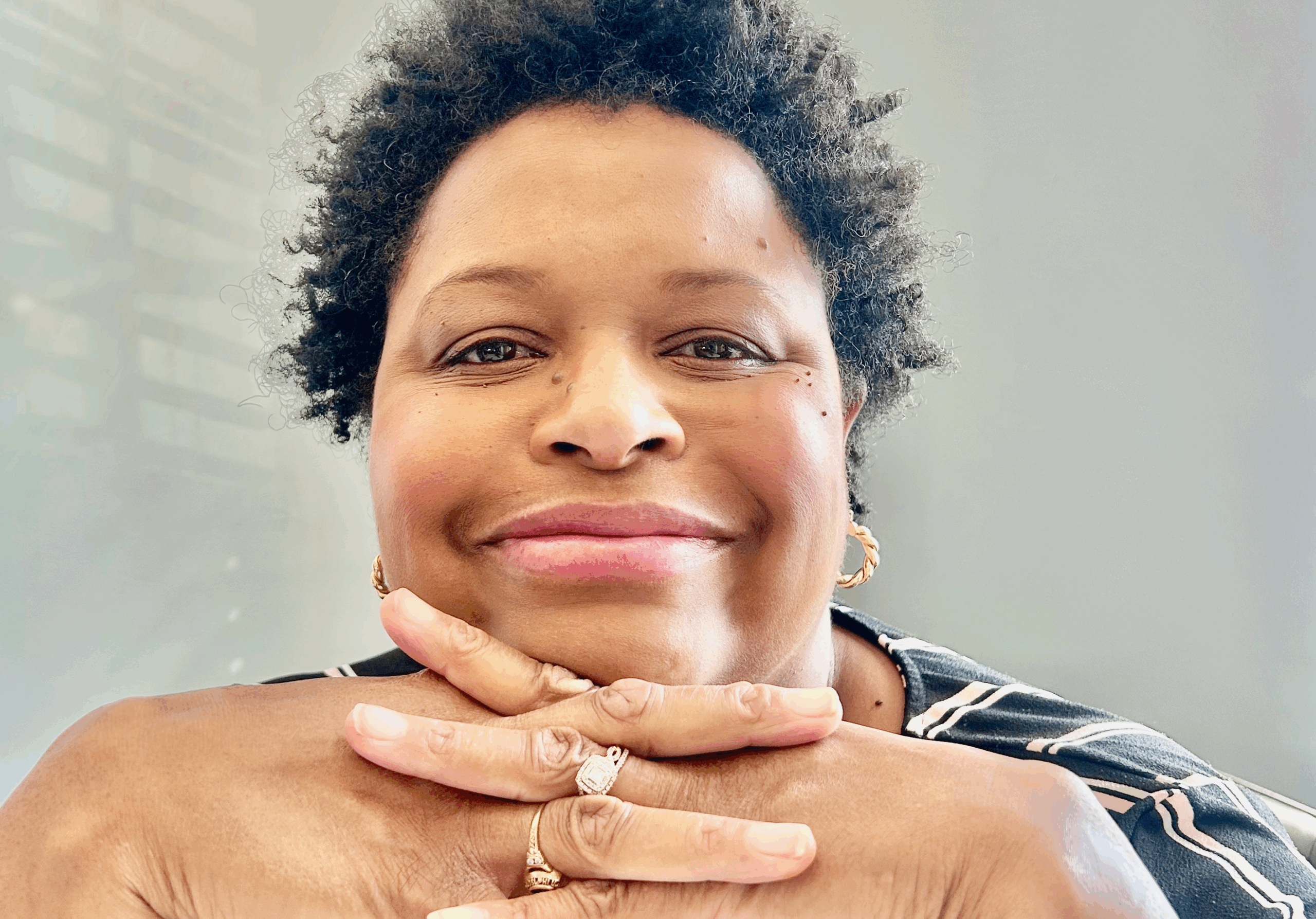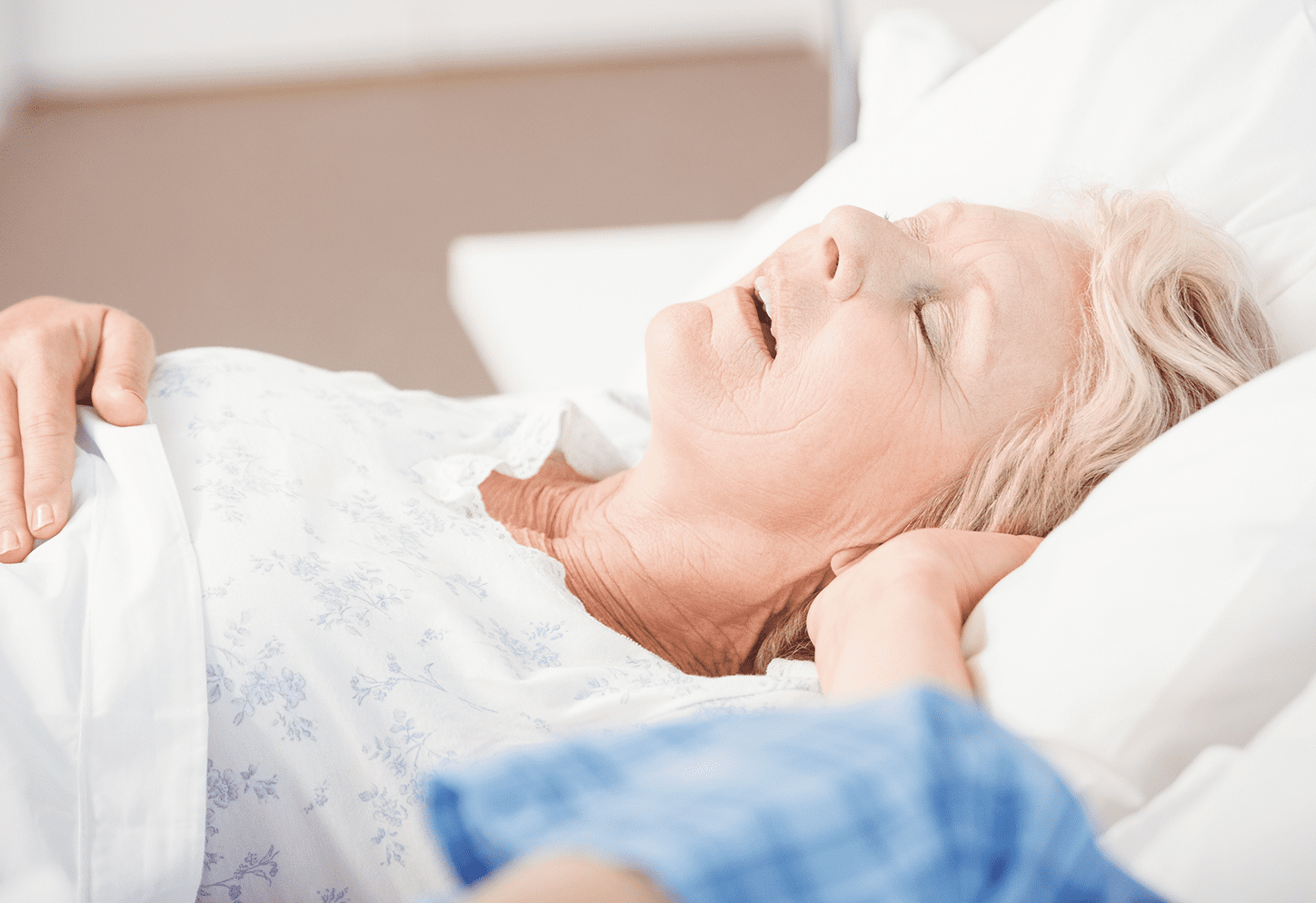
Published on Aug 08, 2024
Last modified on Dec 23, 2025
The Connection Between Menopause and Sleep Apnea Symptoms, Night Sweats, and Treatment Options
7 min read
Elektra has teamed up with BlueSleep to provide our patients access to their virtual care solutions for sleep apnea. To celebrate the partnership, we tapped Blue Sleep’s Founder and Medical Director, Jordan Stern, MD, to weigh in on the overlap between sleep apnea and menopause symptoms, as well as treatment options for the sleep disorder.
Sleep apnea is a very common disorder that causes interruptions in breathing when asleep and can cause drops in oxygen levels in the blood and all organs of the body. Some studies estimate that up to 30% of women over the age of 40 suffer from moderate or severe sleep apnea, and the risk increases with age.
Untreated sleep apnea can lead to hypertension (high blood pressure), heart attack or heart failure, strokes, and is associated with type 2 diabetes, weight gain, anxiety, depression, and many other medical conditions. The risk for sleep apnea increases during and after menopause.
What are the most common symptoms of sleep apnea?
Sleep apnea is often misdiagnosed as insomnia — especially if the awakenings occur after sleep onset with difficulty falling back to sleep — but there are several symptoms that we can look to as clues:
- Snoring
- Poor sleep quality and/or restless sleep
- Daytime sleepiness
- Brain fog & difficulty concentrating
- Memory issues
- Dry mouth in the morning
- Morning headaches
- Nocturia (multiple trips to the bathroom at night)
- Night sweats
What actually causes sleep apnea?
Obstructive sleep apnea (the most common type of sleep apnea) is caused by a recurrent narrowing of the throat while asleep and obstruction of the breathing passages, which interrupts the ability to breathe for anywhere from 10 seconds at a time to nearly a minute. These interruptions in breathing happen as little as four or five times an hour, to over a hundred times an hour in the worst cases. Because a narrow throat isn’t easily visible, we often can’t tell based on the external appearance of someone’s face that they have sleep apnea.
Risk factors include overweight, obesity, and PCOS, and certain types of medical conditions are associated with (although not a cause of) the disorder, such as atrial fibrillation and high blood pressure. What’s more, sleep apnea has actually been shown to cause high blood pressure — which can in turn make it worse.
What’s the connection between sleep apnea and menopause?
Women are 2-3x more likely to develop sleep apnea after menopause due to fluctuations in levels of estrogen and progesterone, which can cause changes in fat distribution and predisposition to narrowing of the throat when sleeping. Estrogen seems to have a protective effect against sleep apnea, so as estrogen levels drop during the menopausal transition, this protective effect is lost.
How can you tell if symptoms are owed to menopause or sleep apnea?
Symptoms of menopause and sleep apnea can be very similar, and as a result, women may be less likely to be tested for sleep apnea. Daytime sleepiness may be interpreted as menopause-related fatigue, and poor quality sleep from sleep apnea may be also misinterpreted as menopause-related insomnia. This is a major blow for women suffering from menopause-related sleep disorders as it further delays proper diagnosis and treatment; the suspicion for sleep apnea should be very high for peri- and postmenopausal women.
Sleep apnea and night sweats
During menopause, fluctuations in hormone levels are typically the cause of night sweats (and hot flashes), however night sweats also occur in women and men who suffer from severe sleep apnea, which can confuse diagnoses. Severe sleep apnea can cause sudden rises in blood pressure during sleep, and one of the body’s responses is to do whatever possible to reverse the spike — either through diuresis (increased urine production), or by producing hormones that cause excessive sweating/night sweats. Fortunately, night sweats related to sleep apnea usually respond to sleep apnea treatments.
Expert tips, recommendations & treatment options
Lifestyle changes
Once sleep apnea has been diagnosed with a home sleep test or sleep study, it is important to treat it appropriately according to the severity of the problem. Given that a large portion of the population is overweight or obese, a weight loss program is typically recommended as part of the treatment regimen for sleep apnea. It is very important to note, however, that untreated sleep apnea often interferes with the ability to lose weight — which can lead to a vicious cycle. Metabolic changes that occur with sleep apnea include changes in glucose and insulin metabolism, changes in appetite control, changes in choices of foods, and significantly impaired ability to exercise due to daytime sleepiness. For this reason, treating sleep apnea can be very helpful in any weight loss program when the disorder is the underlying cause.
Clinical treatment options
When lifestyle changes such as weight loss aren’t sufficient to eliminate sleep apnea, experts may recommend one of the following treatment methods, all of which aim to reduce the interruptions in breathing as much as possible while asleep:
- Oral appliance therapy: this treatment option involves using a custom-made mouth guard that can be adjusted to position the lower jaw slightly forward during sleep, which increases the size of the airway and reduces sleep apnea and snoring. BlueSleep provides this service, and it’s covered by most health insurance plans.
- Continuous positive airway pressure: CPAP therapy involves the use of an external CPAP machine that uses positive airflow through a mask that fits over the nose and or face, and prevents the throat from collapsing when sleeping. These medical treatments are covered by insurance when patients have been properly diagnosed with sleep apnea, and the treatment is provided by the medical specialists.
- Surgery: For patients who have tried and failed treatments with oral appliances and CPAP, surgery can be a solution.
Additional therapies include minimizing sleeping on the back (positional therapy), maximizing clear breathing through the nose (rarely a cure, but a significant help), and minimizing the impact of acid reflux (gastroesophageal reflux in clinical terms) which can occur at night.
When should someone seek care?
Because 80% to 90% of patients with sleep apnea are undiagnosed, we highly recommend that anyone suffering from poor sleep, snoring, and excessive daytime sleepiness seek the attention of a sleep medicine specialist and undergo an easy home sleep test to rule out sleep apnea. BlueSleep has built a patient-centered workflow that can provide same day appointments in many cases, and provides the entire range of treatments for sleep apnea.
READ MORE: Menopausal Insomnia Keeping You Up? CBT-I Can Help
About Jordan Stern, MD
Jordan Stern MD is Founder, CEO and Medical Director of BlueSleep and a founding member of the Sleep Technology Council of the National Sleep Foundation. Over the past 25 years, he has held leadership positions in New York City Teaching Hospitals as director of head and neck surgery, and has published extensively in the medical and lay press on head and neck cancer and sleep disorders. In 2022 he was granted a patent for a sleep apnea auto-diagnostic digital tool.
